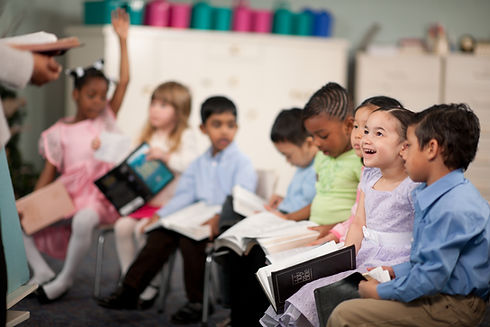All About Head Lice
WHERE DO LICE COME FROM?
A group of scientists conducted several studies and discovered that lice extracted from mummies over 1,000 years old in Peru support the idea that these tiny insects accompanied humans on their first migration out of Africa, 100,000 years ago.

ABOUT LICE
Lice are tiny parasitic insects that live on the scalp of human beings that are attached to the hair shaft. Lice are not a source of disease, but a social problem. Lice develop in three stages: nit, nymph, and adult louse.
NITS
Nits are oval-shaped lice eggs that are laid by an adult female near the base of the scalp, they are approximately 0.8 mm in size, similar to a sesame seed, and they resemble dandruff. The nits will emulate the color of their host’s hair. Females lay their eggs with glue, which makes them difficult to remove from the hair. Nits on hair shafts, hatch in 7 -10 days, each female louse will lay 6 - 10 eggs per day during its life cycle (approximately 35 days).
NYMPHS
Nymphs are when a nit hatches, a nymph is born, they are smaller versions of adult lice, with 6 legs that each have a claw attached to the tip. Growing nymphs need close proximity to the scalp for warmth and to feed on human blood several times a day to survive. The nymph molts as they grow until they finally reach the adult phase of life.
ADULT LICE
A fully grown louse will reach 2-4mm in length. Lice can be in various colors grayish, black, and brown will often emulate the color of their host’s hair, they do not have wings and are only able to transport themselves by crawling for hair strands (or, from head to head), if a louse falls off of its host’s head it has 24-48 hours to find a new food resource. The female louse lays 200 eggs during its life cycle (approximately 35 days).
HOW IS IT SPREAD?
The most common way to get head lice is by head-to-head contact with a person who already has head lice.
Such contact can be common among children during play at school, at home, summer camps, and activities (e.g. sports, dance, gymnastics, playground, camp, and slumber parties).

INFORMATION FOR PARENTS
HOW DO CHILDREN GET HEAD LICE?
Lice are not attracted to dirty hair. In fact, nothing makes a louse happens more than clean hair, lice do not jump, hop or fly the only way they move is by crawling. They are transported on belongings such as combs, brushes, towels, beds, couches, pillows, carpet, stuffed animals, hats, coats, sports helmets, and clothing. Lice can often move from child to child when they play together in very close surroundings.
INFORMATION FOR SCHOOL
School settings are the perfect environment for head lice to transfer from child to child.
How to prevent a lice infestation at your school?
With early detection, you can reduce the chances that an infestation will occur at your school. Screening should be performed at the start of the school year and after a major vacation break.

